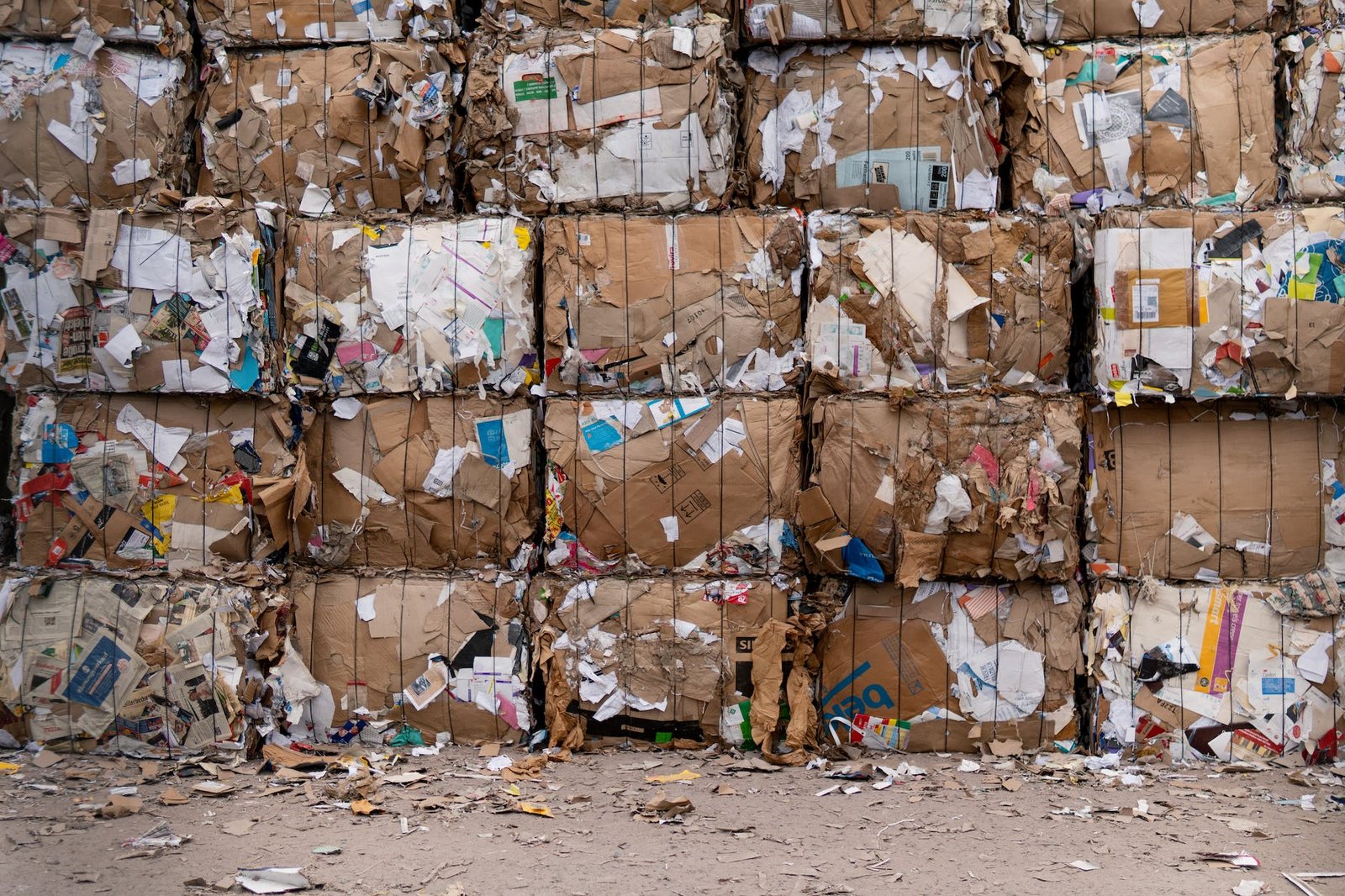How to Recycle Household Waste: A Comprehensive Guide for Sustainable Living
The need for sustainable living has never been more urgent, with global waste generation rising at an alarming rate. One of the most effective ways to reduce your carbon footprint is to recycle household waste effectively. In this article, we will walk you through the ins and outs of recycling household waste, from identifying recyclables to best practices for disposal.
Understanding the Types of Household Waste
Before diving into the recycling process, it’s essential to categorize the types of waste generated in your home:
- Organic Waste: Includes kitchen waste, food scraps, and yard waste.
- Paper: Newspapers, cardboard, and office papers.
- Plastics: Bottles, containers, and bags.
- Metals: Aluminum cans, steel containers, and tin foils.
- Glass: Bottles and jars.
- E-waste: Electronic devices and batteries.
- Textiles: Old clothes, curtains, and bedding.
Tips for Effective Recycling
- Segregation: Separate waste into different bins for paper, plastic, metal, and glass.
- Cleaning: Rinse off food residues from containers and bottles.
- Compression: Crush cans and boxes to save space in the recycling bin.
- Check Local Guidelines: Each municipality has specific recycling guidelines; familiarize yourself with these.
Recycling Organic Waste at Home
Composting is the most effective way to recycle organic waste:
- Compost Bin: Use a dedicated compost bin for organic waste.
- Layering: Layer your compost bin with a good balance of greens and browns.
- Turn the Pile: Aerate your compost pile every week to speed up decomposition.
Electronic Waste Recycling
E-waste is hazardous if not disposed of properly. Here’s how to go about it:
- Drop-off Centers: Find local e-waste recycling centers.
- Retailer Programs: Some electronics stores have recycling programs.
- Donation: Working gadgets can be donated for reuse.
Textile Recycling
Instead of throwing away old clothes and textiles, consider these options:
- Donation: Many organizations accept used clothes for charity.
- Upcycling: Turn old textiles into bags, rugs, or cushion covers.
- Specialized Programs: Some municipalities have textile recycling programs.
Hazardous Waste
Certain items like paint, chemicals, and batteries are considered hazardous waste:
- Special Drop-off: Use designated drop-off locations for hazardous waste.
- Safe Containers: Store hazardous waste in sealed, leak-proof containers.
Recycling household waste is not just an environmental responsibility; it’s a way of life that contributes to the health of our planet. With adequate knowledge and the right practices, we can all be part of the solution. Remember, every small effort counts when it comes to creating a more sustainable future.


